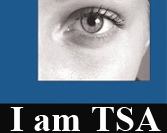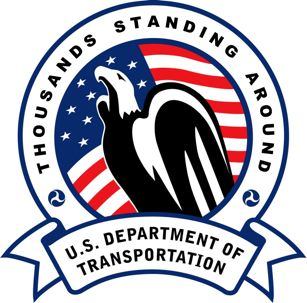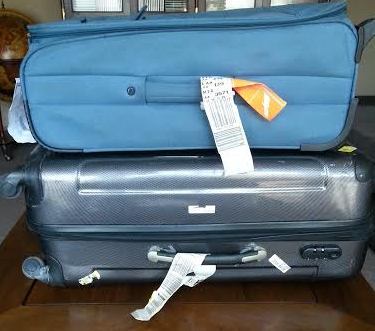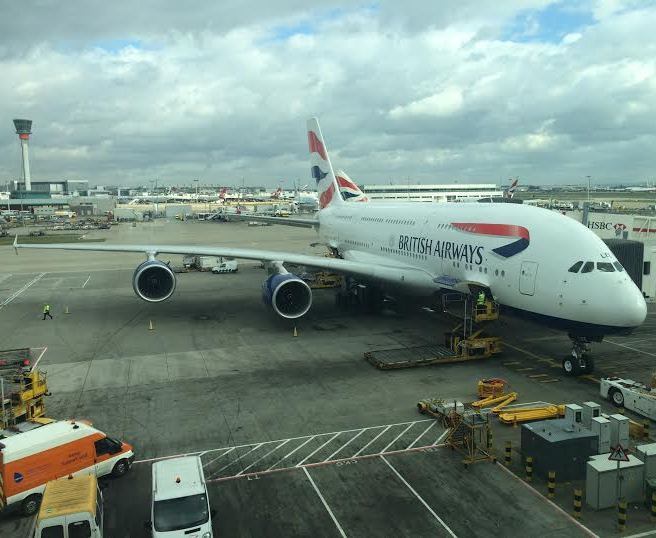 The U.S. Department of Homeland Security announced today that it will roll out a program in early 2009 aimed at improving pre-screening of airline passengers and reducing the number of “watch list” misidentifications.
The U.S. Department of Homeland Security announced today that it will roll out a program in early 2009 aimed at improving pre-screening of airline passengers and reducing the number of “watch list” misidentifications.
The program, dubbed the Secure Flight Final Rule, will shift the responsibility for pre-screening from individual airlines to the Transportation Security Administration.
Airlines will still have to collect passenger names, birth dates and genders, but will then pass the information on to the TSA, who will check it against the government’s “no fly” and “selectee” lists.
The TSA will then transmit the results back to the airlines.
Previously, only airlines were responsible for screening passengers, but they often had outdated watch lists and did not always cross-check passengers’ names with their birth dates and genders.
The result was thousands of misidentified passengers who were subjected to additional searches and scrutiny simply because their names were the same or similar to those of suspected terrorists. Infants, elderly people and even Senator Ted Kennedy of Massachusetts were subjected to extensive searches before flying because their names matched those on the list.
“Secure Flight will help us better protect the traveling public while creating a more consistent passenger pre-screening process, ultimately reducing the number of misidentification issues,” Homeland Security Secretary Michael Chertoff said in a statement.
 Though the DHS claims that Secure Flight will ease the screening process, not everyone is enthused about it. Security expert Bruce Schneier has written extensively about the alleged pointlessness of the DHS security bureaucracy, which he claims is only good at catching “stupid terrorists” and represents a $7 billion exercise in futility.
Though the DHS claims that Secure Flight will ease the screening process, not everyone is enthused about it. Security expert Bruce Schneier has written extensively about the alleged pointlessness of the DHS security bureaucracy, which he claims is only good at catching “stupid terrorists” and represents a $7 billion exercise in futility.
“The Final Flight Rule will eliminate false positives, so it’s good for convenience,” Schneier said, “but it doesn’t work to improve security.”
Schneier believes that the only two things that have really made flying safer are reinforced cockpit doors, and the fact that passengers in the post-9/11 world are now more willing to take on hijackers. All other security measures, including baggage screening, liquid limitations and ID checks are just “security theater” intended to make the flying public feel safer, he says.
Schneier points to the fact that no terrorists have ever been caught by the TSA despite the existence of the watch lists, which have a total of 80,000 names on them, according to most sources.
In fact, in a recent article in Atlantic Monthly, he described how easy it would be for a terrorist to circumvent the watch list simply by buying a plane ticket with a stolen credit card under someone else’s name, which would allow them to escape detection at the point of purchase. The would-be terrorist could then use a fake boarding pass with their real ID to get through airport security, since the TSA does not check against the no-fly list once passengers are in the airport. The third step would be to use the real boarding pass to actually get on the plane, since ID is generally not checked again at the boarding gate.
Instead of spending millions screening passenger lists and thousands of pieces of luggage every day for potentially lethal items, Schneier maintains that authorities should instead be checking bags only for explosives and should implement background checks and increased screening on airport employees.
However, Schneier acknowledges that the TSA does not have much choice in the matter, since Congress has mandated that it has to collect passenger names.
“Kip Hawley, the head of the TSA, has to pretend this change is good because his hands are tied,” Schneier said.
The TSA does have a program to allow misidentified passengers to remove their names from the watch list. As of Sept. 30, more than 43,500 requests had been received.
Related Links: Associated Press, The Economist, Dept. of Homeland Security, Schneier.com, The Atlantic
By Karen Elowitt for PeterGreenberg.com.
Learn more about Travel Safety & Security.
Read more news about Airlines & Airports.
Check out Airport Security Of the Future.
View Peter’s tips on Getting Through Airport Security More Quickly.












